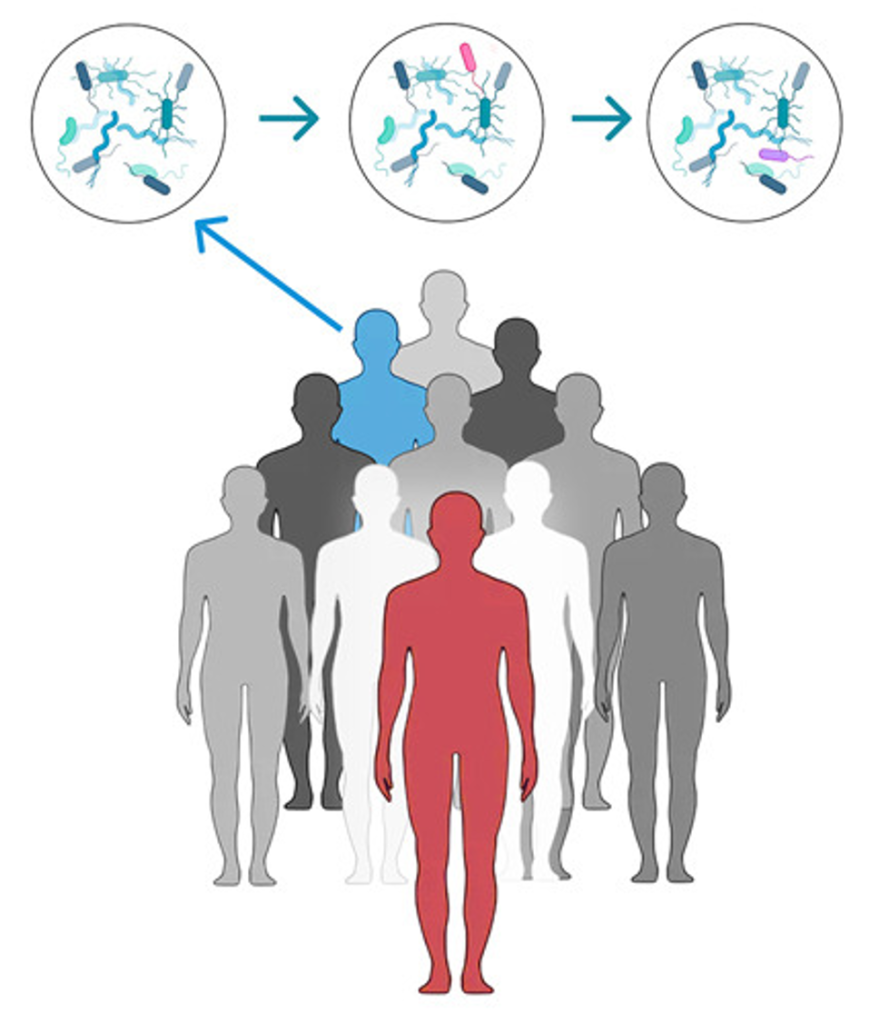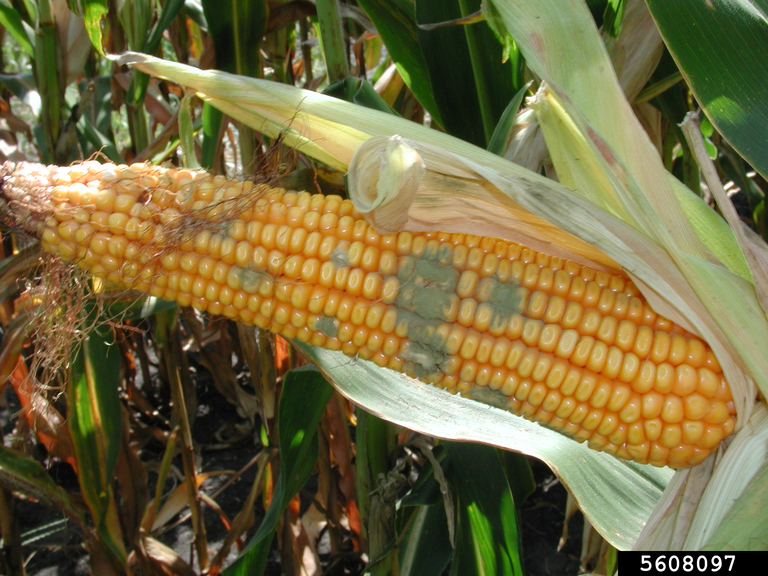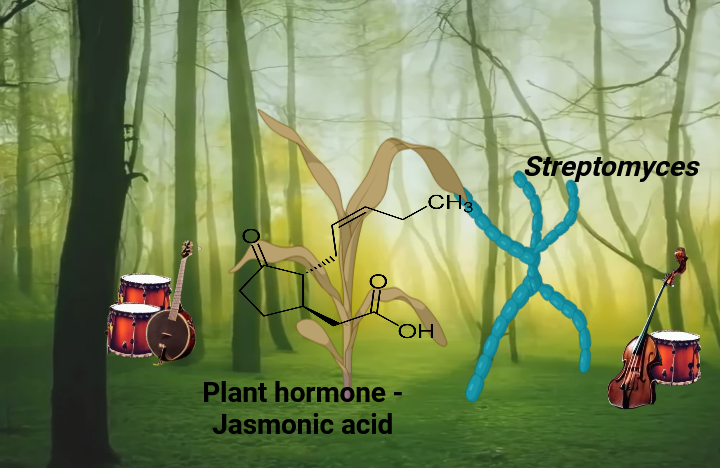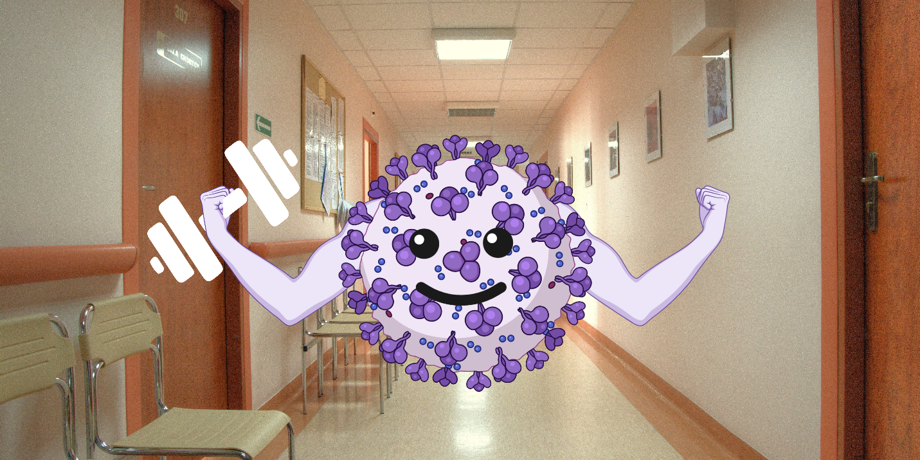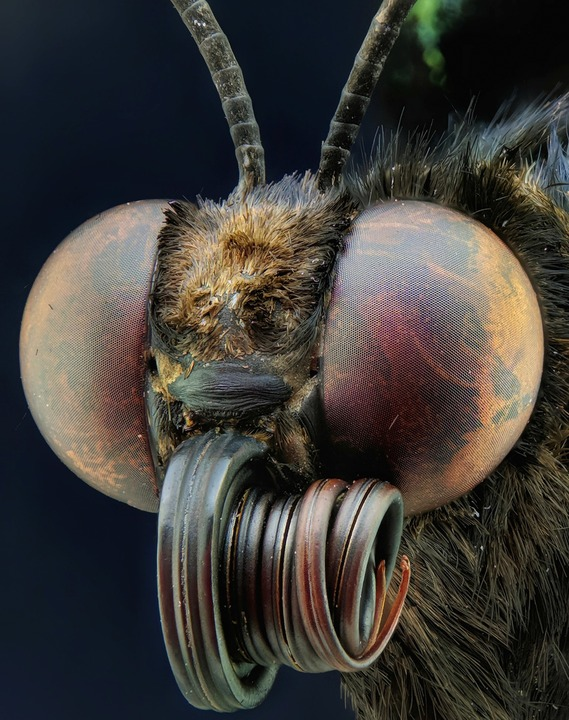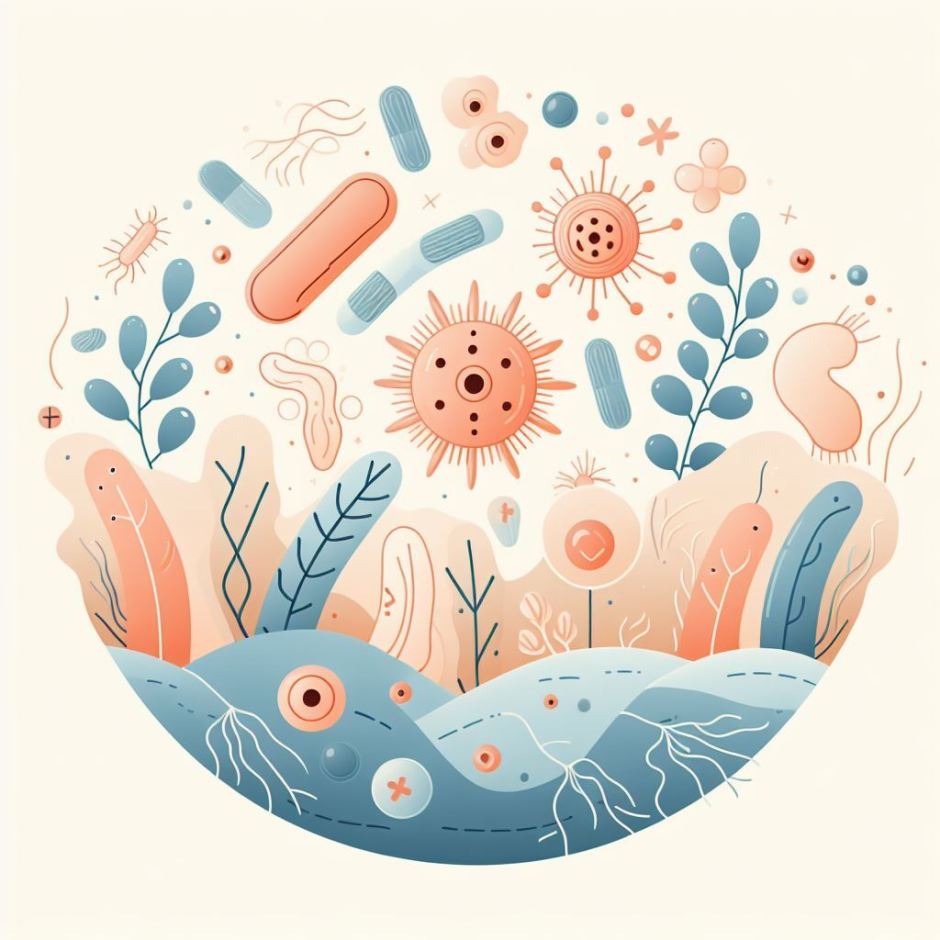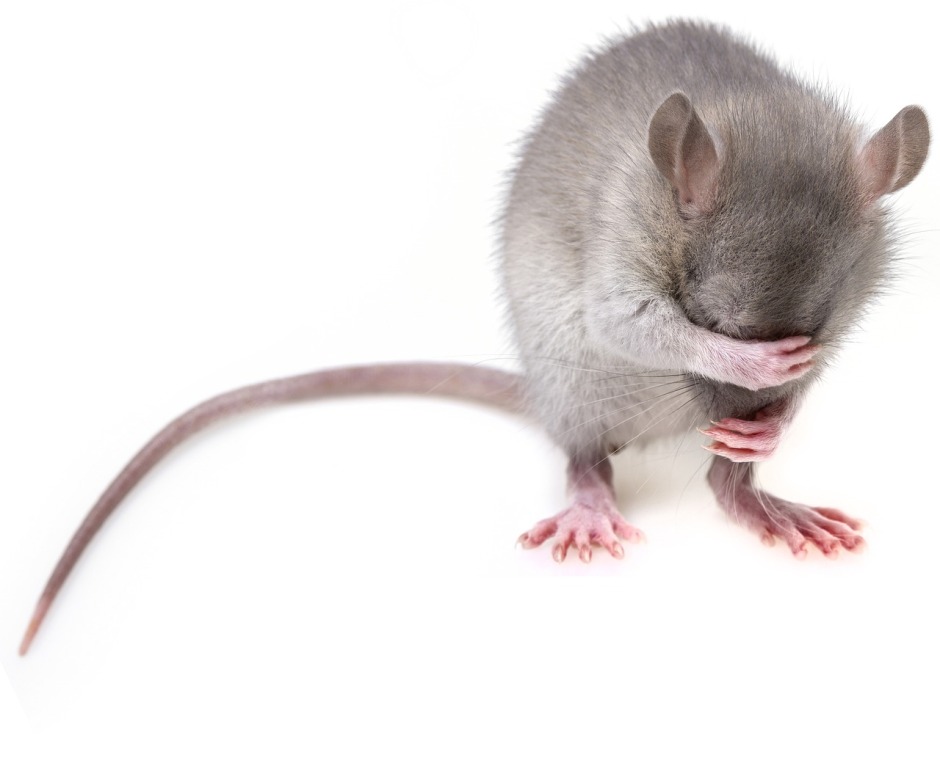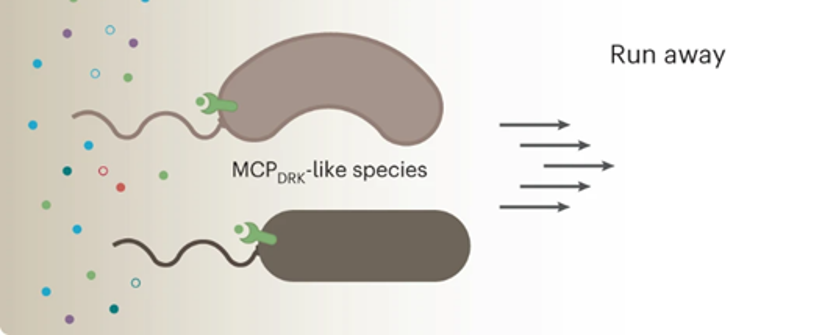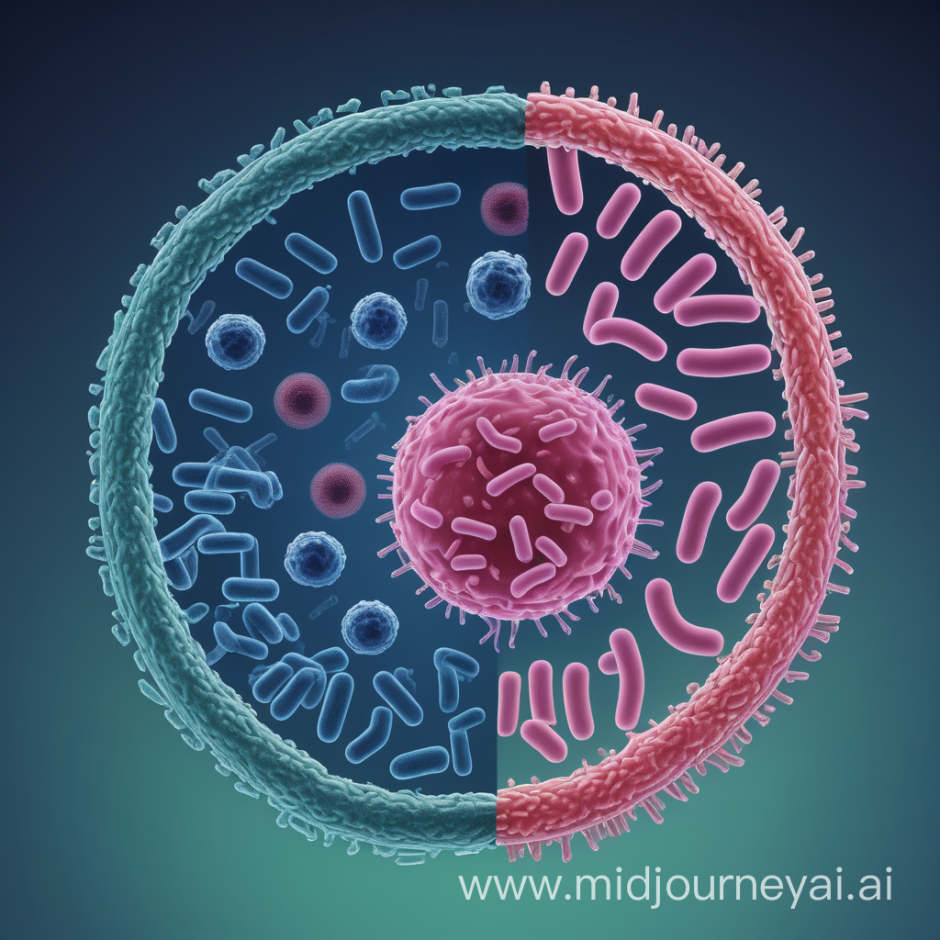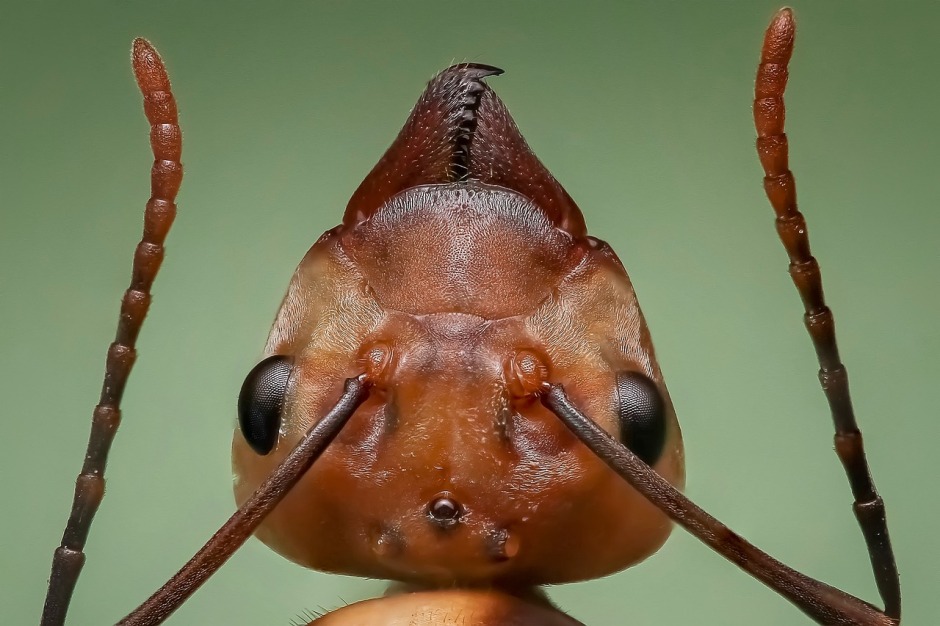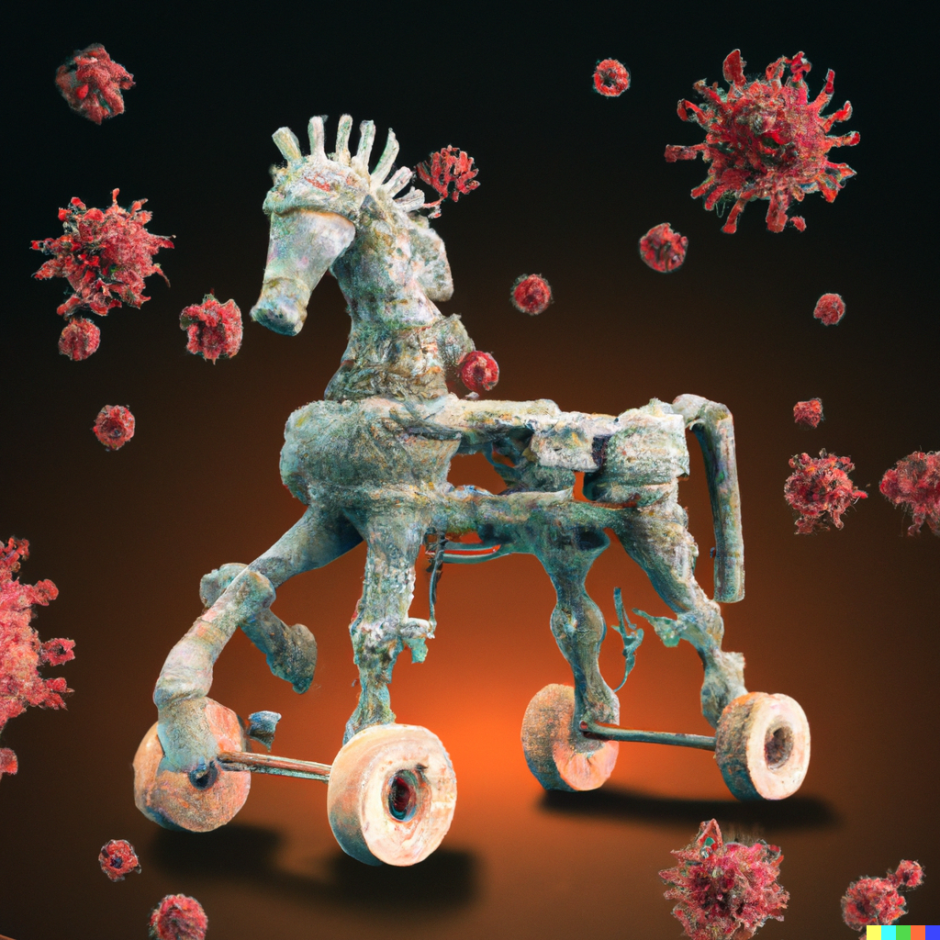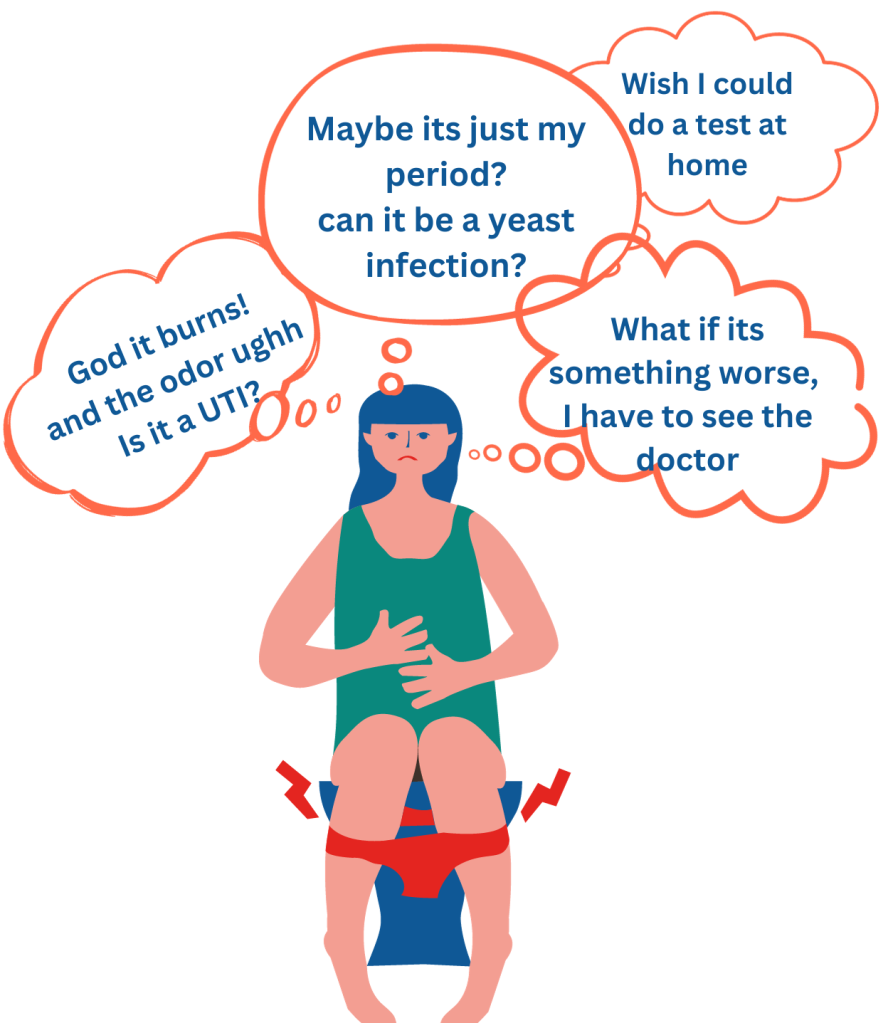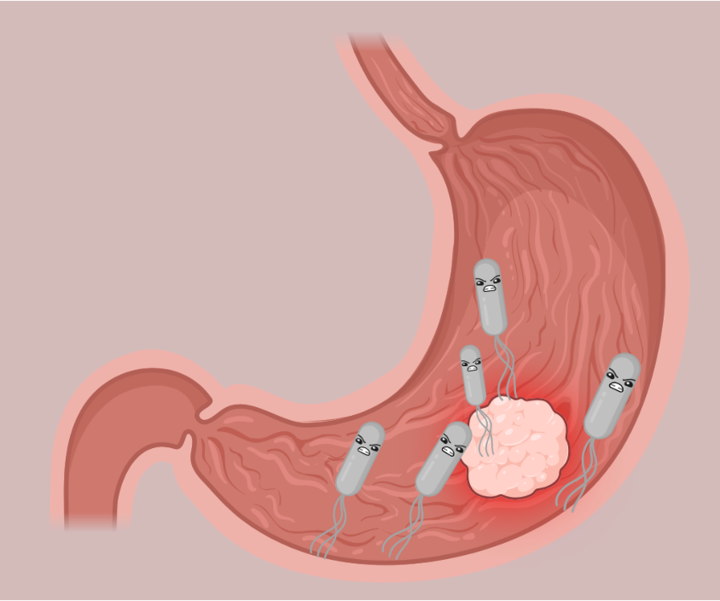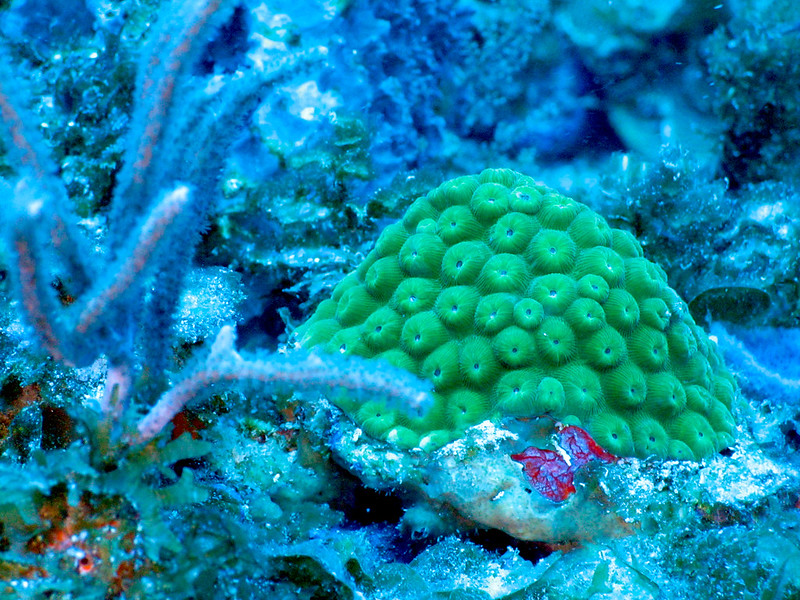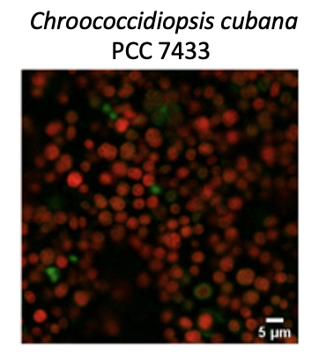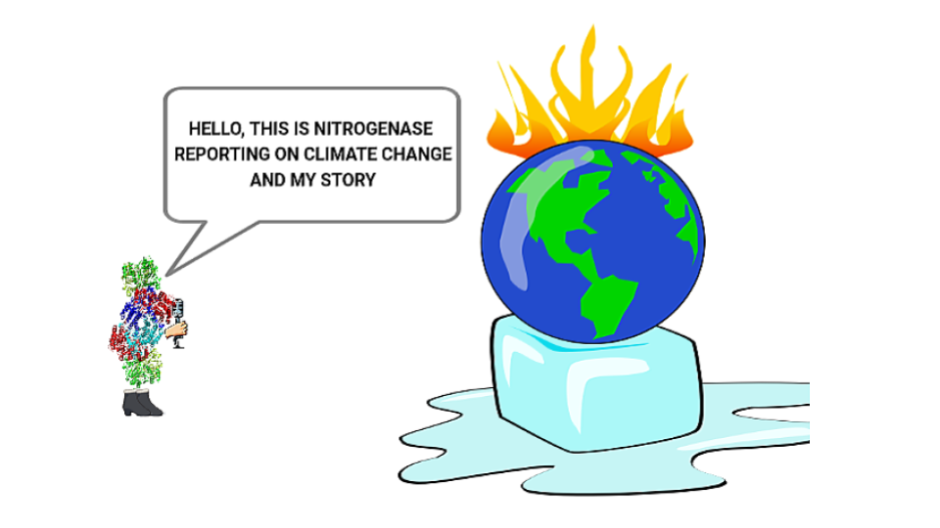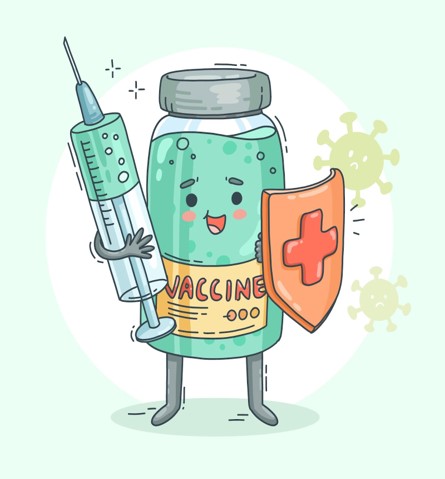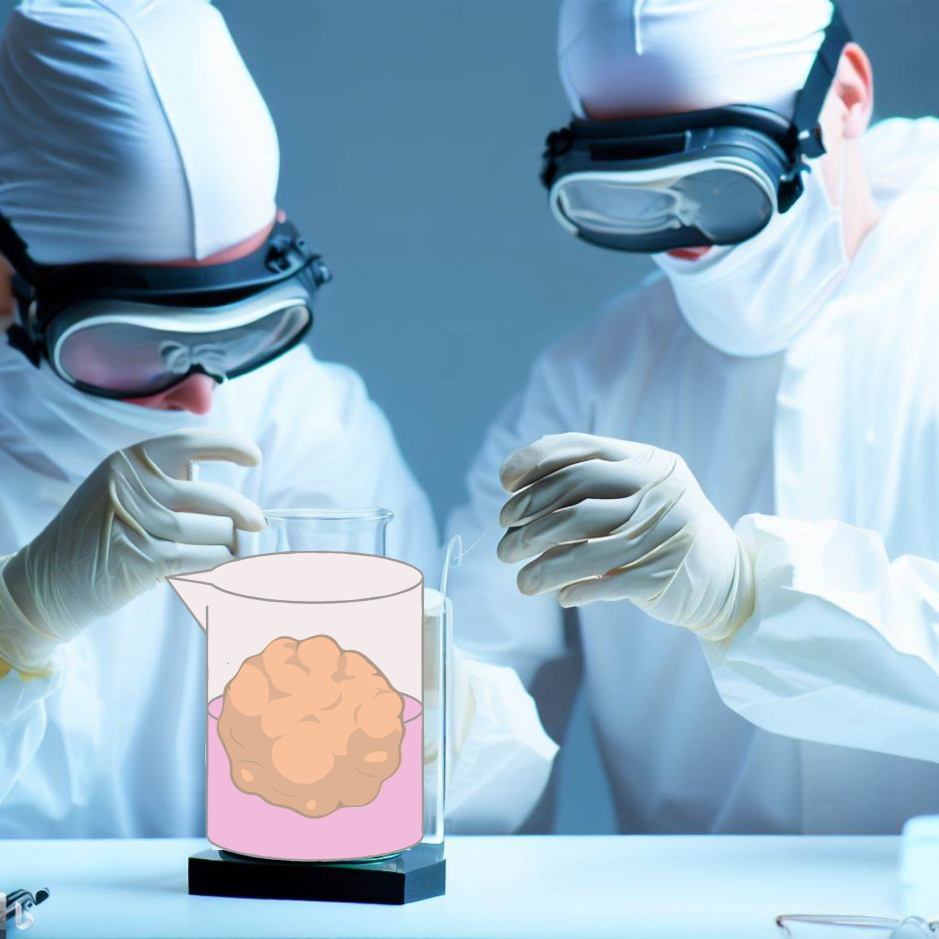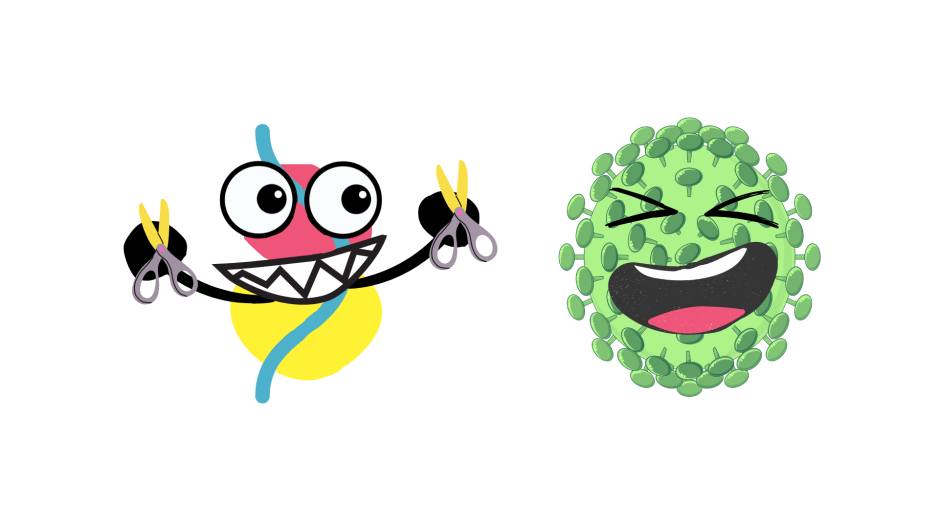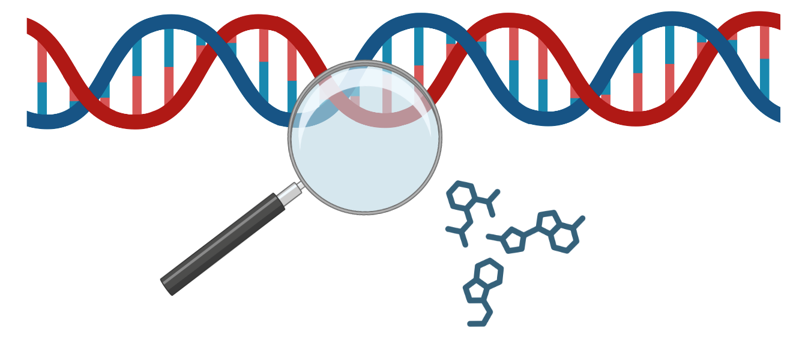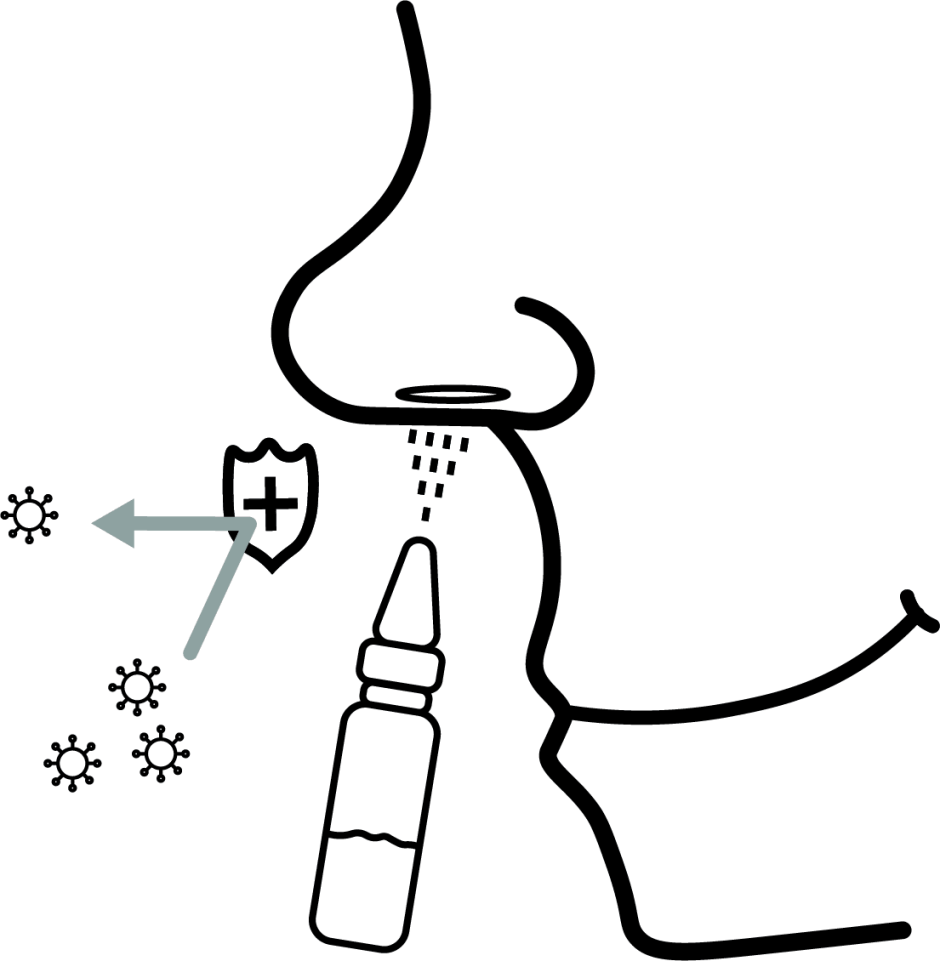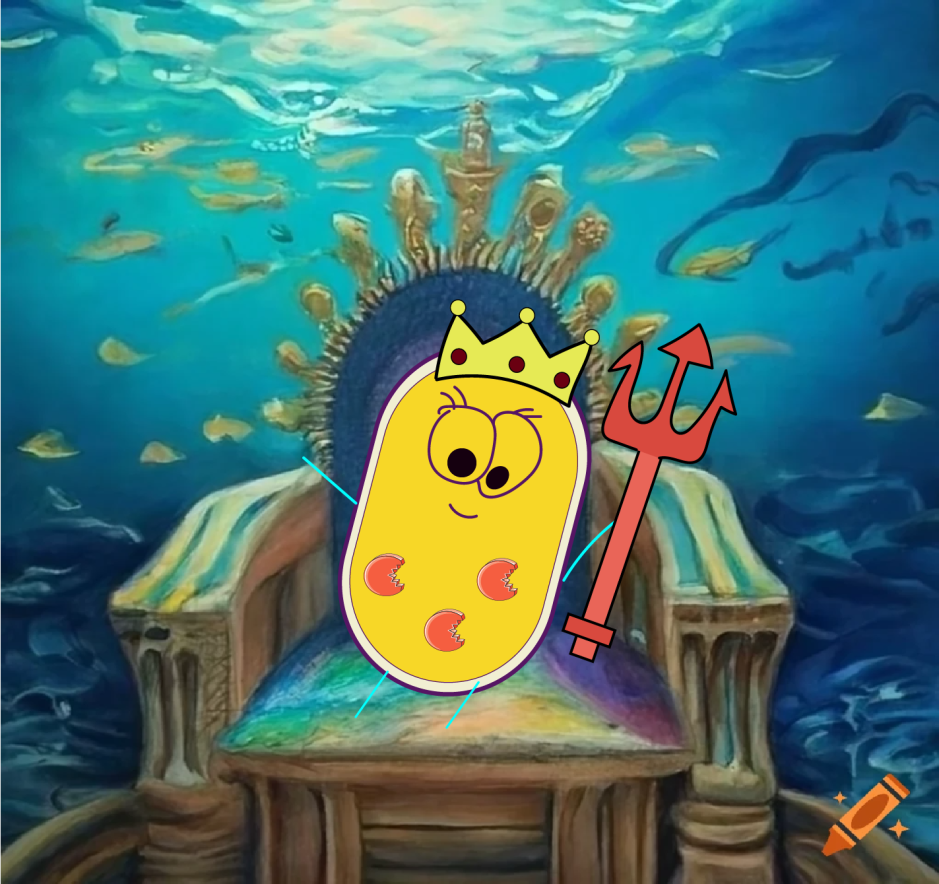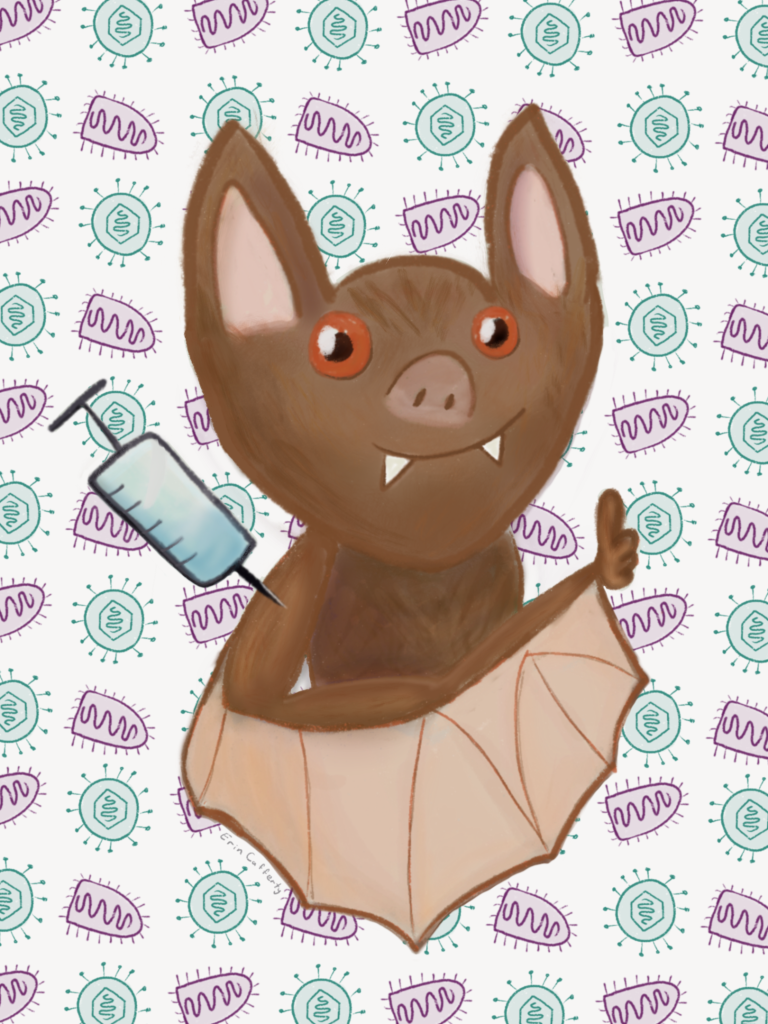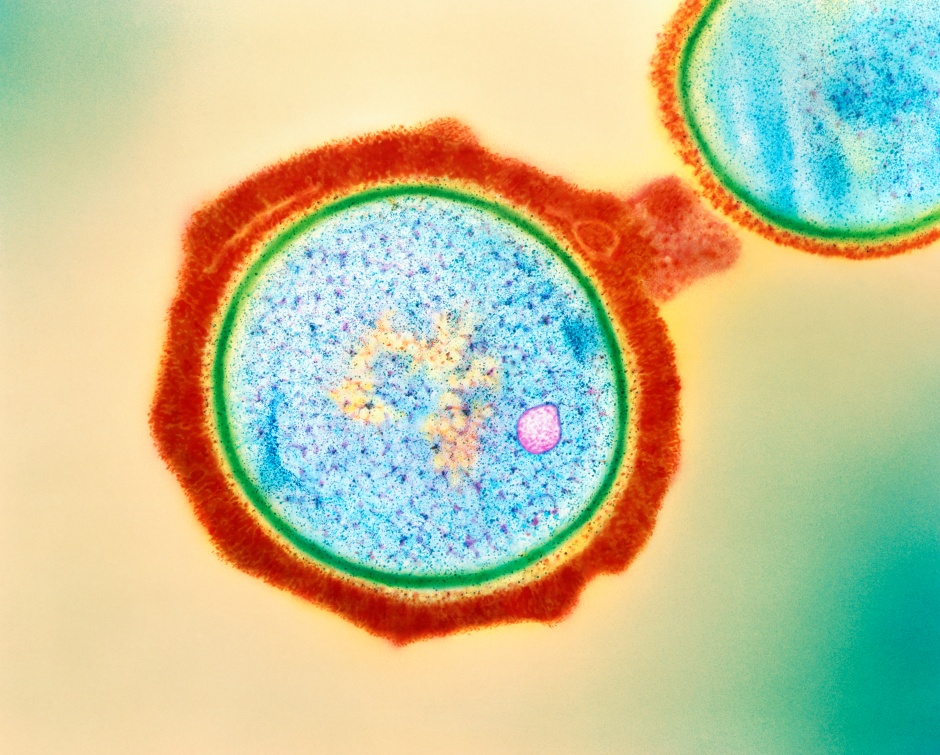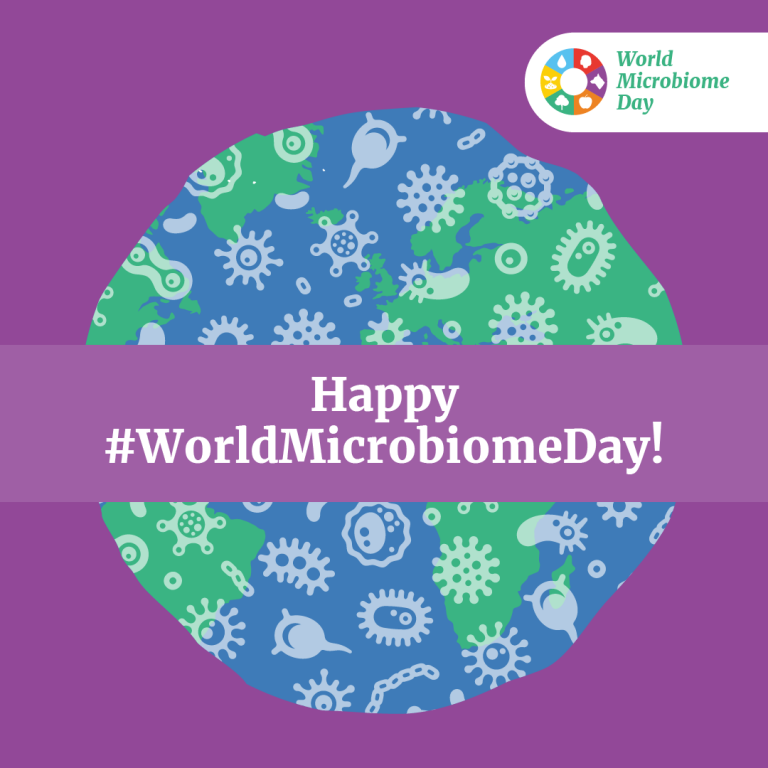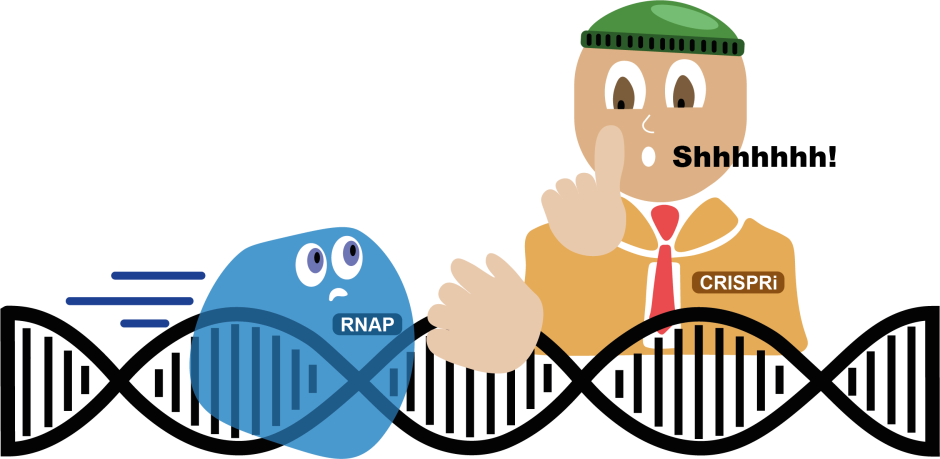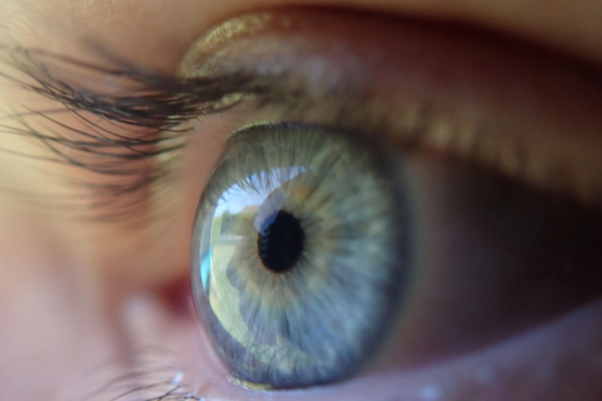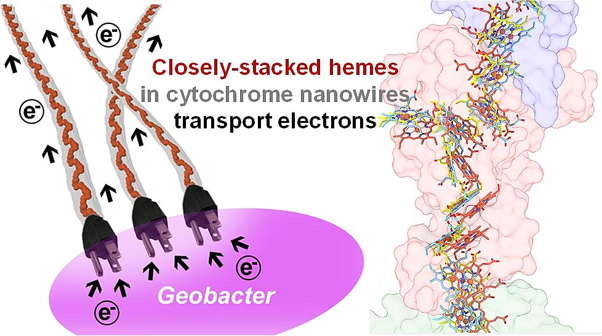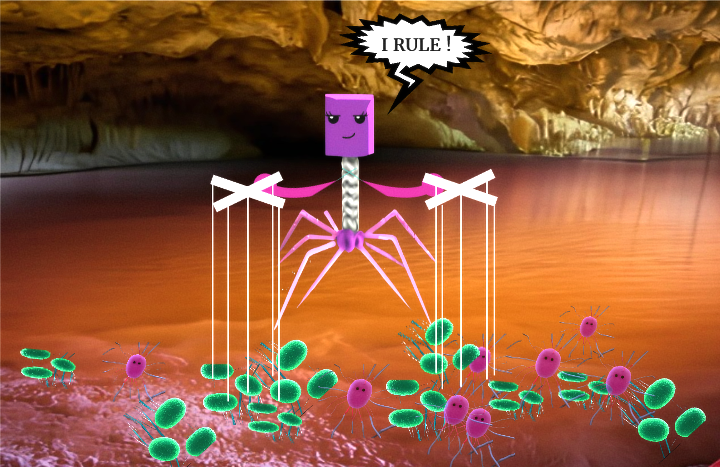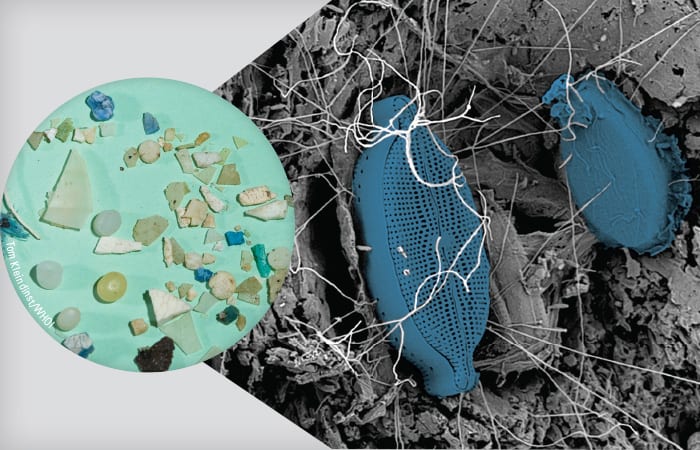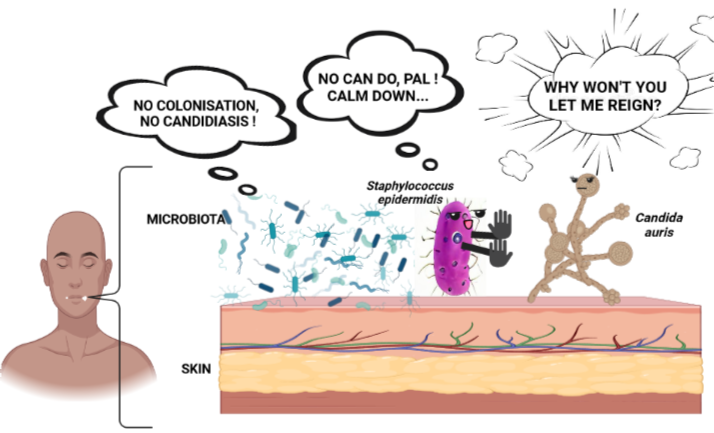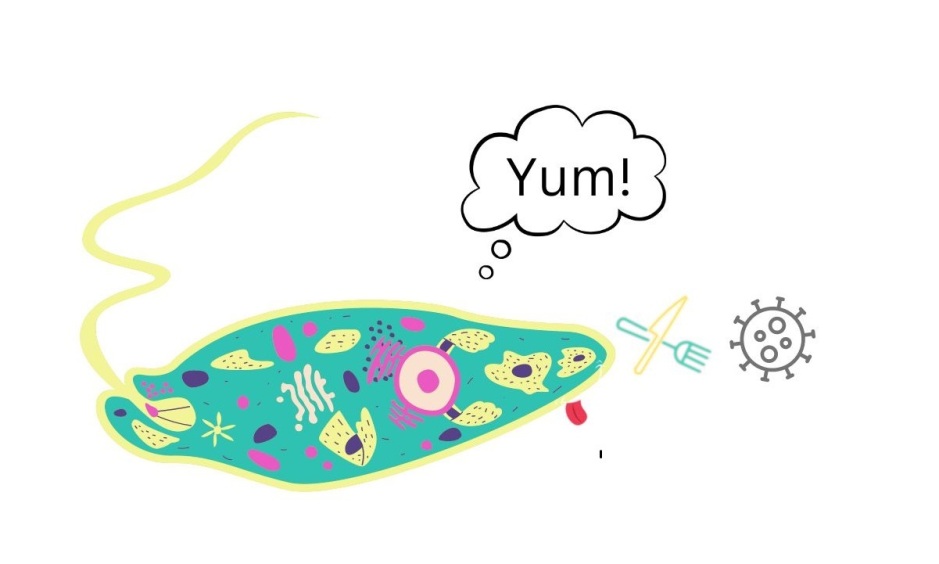
Breaking down the microbiology world one bite at a time
Enzymes degrading plastic – an eco-friendly solution to plastic pollution
The problem
Look around you. How many objects around you are made up of plastic?
Now imagine what would happen after you are done using them and throw them in the trash. Maybe you put them in the dry waste, maybe in the recyclables. But in either case, there is little hope that your plastic will get disposed of in an environment-friendly way. Only 9% of plastic waste is ever recycled, and plastic that ends up in dumping grounds breaks down into persistent microplastics that remain a hazard to the environment forever. Plus, recycled plastics can be used only a limited number of times and have few applications.
The solution
So what can we do about the plastic pollution problem raging around the world? As biotechnologists see it, we can either create bioplastics that degrade on their own in the environment or look for organisms in nature that can degrade them for us. The latter of these approaches is called Bioremediation. The term refers to the use of biological systems to remove pollutants (such as plastic in this case) from the environment. This approach is more environment-friendly than conventional physical and chemical waste management approaches, and it also directly tackles the root of the problem by eliminating toxic components.
One of the popular approaches in research on bioremediation is to isolate enzymes that degrade plastics from bacteria. Enzymes are biological molecules – specifically, proteins – that speed up a chemical reaction without being consumed in it themselves. They are integral to the physiological processes of all life on earth. However, most bacterial plastic-degrading enzymes have too low an efficiency for them to be developed into viable commercial plastic degradation solutions. So, a large research focus is placed on improving the activity of these enzymes.
The authors of this study decided to tackle this roadblock through an innovative way – biofilms. Biofilms are aggregations of bacteria held together by a slimy matrix secreted by the same bacteria. They help in the survival and proliferation of the bacteria in adverse environmental conditions.
The researchers hypothesized that enhancing the bacteria’s ability to form biofilms on plastic to be degraded would increase the concentration of the enzyme on the plastic by trapping the molecules in the matrix and increase the rate of biodegradation. They also identified novel plastic-degrading enzymes and tested if their efficiency can be increased through biofilm formation.
How they did it
The researchers decided to look for new enzymes that would degrade PET (polyethylene terephthalate) into products that can be converted to a biodegradable plastic, PHA (polyhydroxyalkanoate). So the researchers shortlisted some enzymes they knew to have this activity and identified new enzymes similar to the shortlisted ones.
Now the researchers tested the ability of the enzymes to degrade PET. For that, they engineered bacteria – E. coli – to produce these enzymes and checked how good the bacteria were at degrading PET. Turns out they were pretty good, especially in the case of the two enzymes designated as Dh3 and Dh5.

The authors wanted to induce biofilm formation in these bacteria. For that, they engineered the production of another protein called DgcC in the bacteria which helped them better produce biofilms. They observed that only the bacteria with DgcC could form biofilms, and thus their concentration and number increased within the biofilm. They could also degrade an increased amount of PCL, a plastic similar to PET, in the same amount of time compared to their non-biofilm forming counterparts.

(Source: Howard and McCarthy 2023, Made using Canva)
Future prospects
These enzymes have tremendous potential for the sustainable management of plastic waste. For instance, large-scale plants can be set up where plastic waste is mass converted into bioplastics by these enzymes directly, or by the bacteria producing them. Soil contaminated with microplastics can be treated by introducing these special bacteria so that the cost of transportation can be cut down. Using the methods in this study, several more enzymes degrading different types of plastics can also be discovered.
This study hence represents an exciting step forward to combat plastic pollution in an environment-friendly way.
Link to the original post: Howard, S.A., McCarthy, R.R. Modulating biofilm can potentiate activity of novel plastic-degrading enzymes. npj Biofilms Microbiomes 9, 72 (2023). https://doi.org/10.1038/s41522-023-00440-1
Additional references:
- Kenny, S. T. et al. (2008). Up-Cycling of PET (Polyethylene Terephthalate) to the Biodegradable Plastic PHA (Polyhydroxyalkanoate). Environ. Sci. Technol. 42, 7696–7701, https://doi.org/10.1021/es801010e
- Kensa, V. M. (2011). Bioremediation-an overview. Journal of Industrial Pollution Control, 27(2), 161-168.
Featured image: Image created using Pexels and BioRender.com


